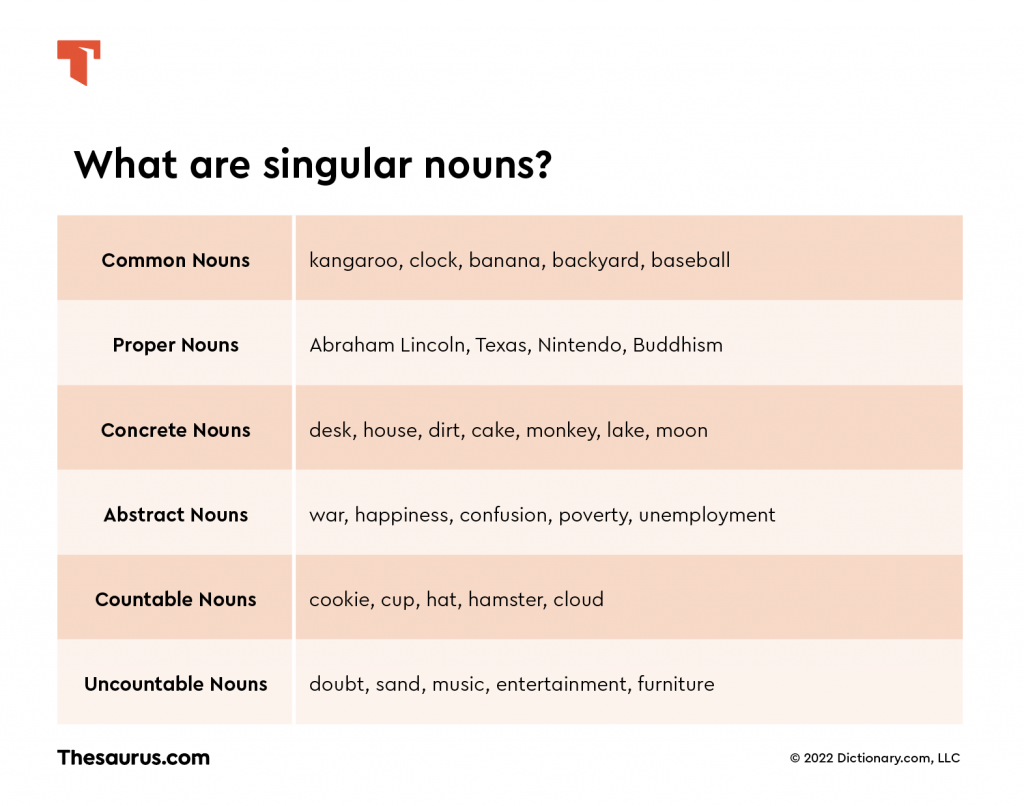An adverbial phrase is a group of words that refines the meaning of a verb, adjective, or adverb. Similar to adverbs, adverbial phrases modify other words by explaining why, how, where, or when an action occurred. They may also describe the conditions of an action or object, or the degree to which an action or object was affected. Consider the following sentence: “He drove the school bus as carefully as possible.” The word drove is the verb, and the adverbial phrase as carefully as possible describes how the driver performed the action.
Adverbial phrases don’t contain a subject and a verb. When these elements are present, the group of words is considered an adverbial clause. The following sentence is an example: “When the show ends, we’re getting dinner.” Whether it’s a phrase or a clause, an adverbial construction is dependent on the main subject and verb. It can’t form a complete idea on its own. In the previous example, the show is the subject of the adverbial clause, and ends is the verb in the adverbial clause. This group of words has no meaning on its own, but it explains when the subject plans to perform the action of getting dinner.
Types of Adverbial Phrases and Clauses
The structure of an adverbial phrase or clause changes depending on the type of word it modifies and how it refines the meaning. This passage from W.B. Yeats’ poem, “He Wishes for the Cloths of Heaven,” contains two adverbial phrases: “I have spread my dreams under your feet;/Tread softly because you tread on my dreams.” In both instances, the phrases describe where the actions occur.
Adverbial phrases can also function as infinitive phrases by incorporating infinitive verbs when they describe why an action is occurring. An infinitive verb is made up of the word to and a root verb (such as watch or find). For example, if you were to say “I went into town to visit my friend,” the adverbial phrase to visit my friend would clarify why you went into town. This can be considered an adverbial phrase because it describes the verb went.
Another common use for adverbial phrases is to describe the frequency of an action. In the sentence “Jamie called her mother almost every day,” the adverbial phrase functions as an adverb of time and describes how frequently Jamie calls.
Adverbial phrases may also overlap with prepositional phrases, as the latter usually consist of a preposition, a noun or pronoun, and modifiers that describe where or when the action is occurring. Jane Austen provides a useful example of a prepositional phrase in this line from Persuasion: “Many a noble fortune has been made during the war.” The word during is a preposition, and the war is a noun phrase. Together, they function as an adverbial phrase to offer greater detail about the specific time period.
As Langston Hughes demonstrates in the poem “Youth,” adverbial phrases and clauses are limited only by imagination. The stanza “We have tomorrow/Bright before us/Like a flame” contains two back-to-back adverbial phrases, showing how figurative language gives writers the flexibility to modify words in creative ways. Adverbial phrases have diverse constructions, but they always modify the meaning of a verb, adjective or adverb by answering questions such as How, Where and Why?
















